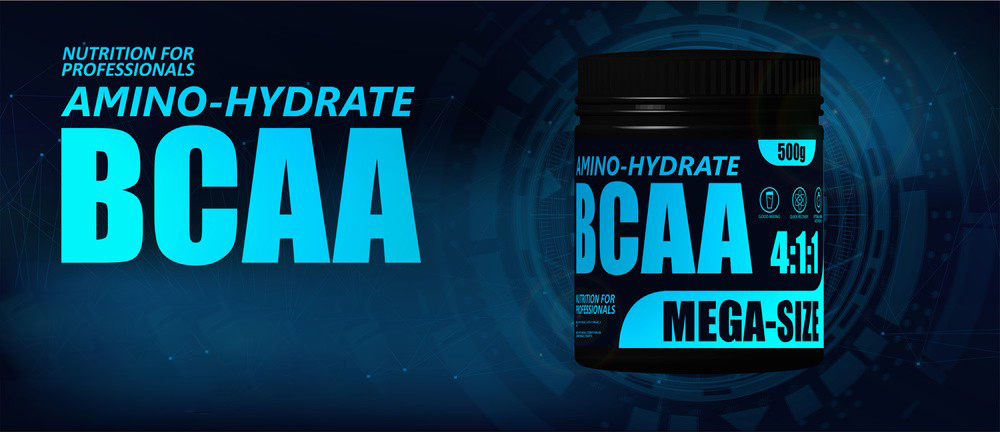BCAA tablets typically contain three essential amino acids: leucine, isoleucine, and valine, in specific proportions. These amino acids are crucial for muscle protein synthesis and are popular among athletes and fitness enthusiasts for their potential to enhance exercise performance and aid in muscle recovery.
Chemical Structure of BCAA Tablet:
Leucine: Chemical formula C6H13NO2, molecular weight 131.17 g/mol.
Isoleucine: Chemical formula C6H13NO2, molecular weight 131.17 g/mol.
Valine: Chemical formula C5H11NO2, molecular weight 117.15 g/mol.

Physical Properties of BCAA Tablet:
1.Appearance: BCAA tablets typically appear as small, cylindrical or oval-shaped solid tablets. They can be colorless or may have added colors for identification.
2.Solubility: BCAA tablets are usually designed to be water-soluble to facilitate easy consumption. However, the solubility can vary depending on additional ingredients or coatings used in the tablet formulation.
3.Taste and Odor: BCAA tablets might have a slightly bitter taste due to the nature of the amino acids, but flavorings or coatings are often added to mask this taste.
4.Density: The density of BCAA tablets can vary depending on their formulation and manufacturing process but typically ranges between 1.0 to 1.5 g/cm³.
5.Stability: BCAA tablets are generally stable under normal storage conditions, but exposure to moisture, heat, or light can degrade their quality over time. Proper storage in a cool, dry place is recommended to maintain their integrity.

6.Melting Point: The individual amino acids in BCAA tablets have varying melting points:
Leucine: Melting point around 293°C.
Isoleucine: Melting point around 284°C.
Valine: Melting point around 295°C.
It’s important to note that the physical properties of BCAA tablets can vary depending on additional ingredients, such as binders, fillers, and coatings, used in their formulation. Additionally, the proportions of leucine, isoleucine, and valine can differ between brands and products, impacting their overall effectiveness and bioavailability.
